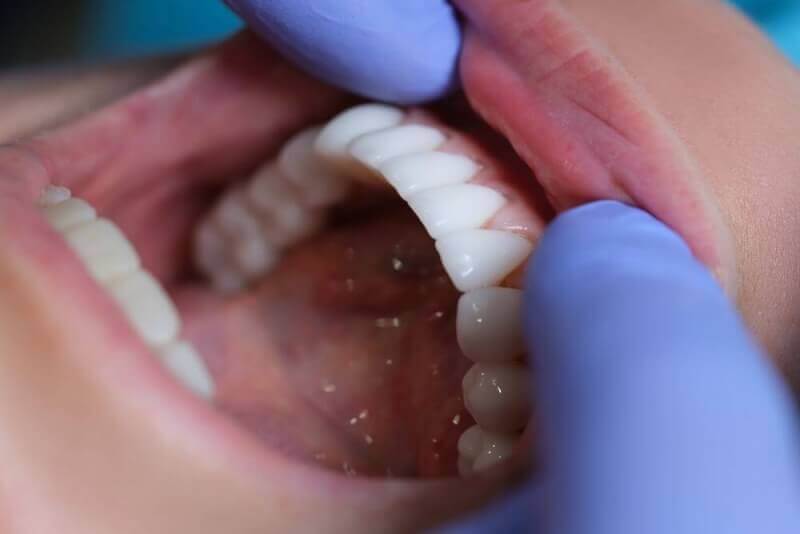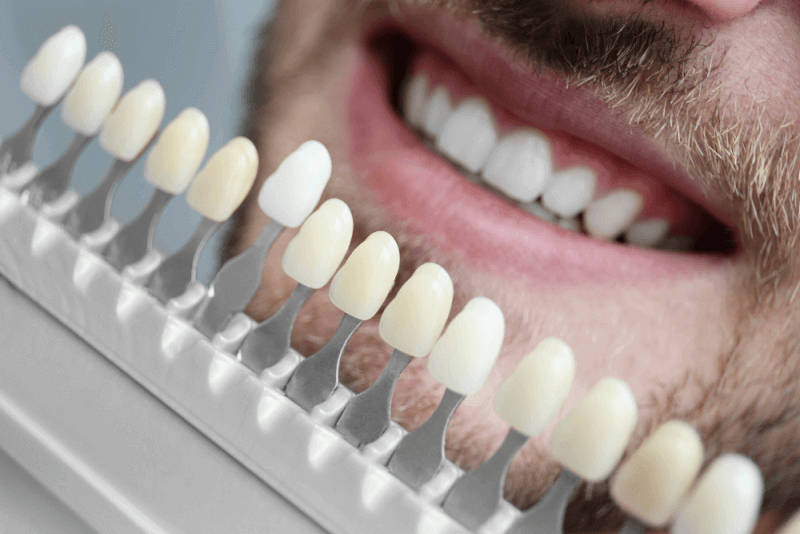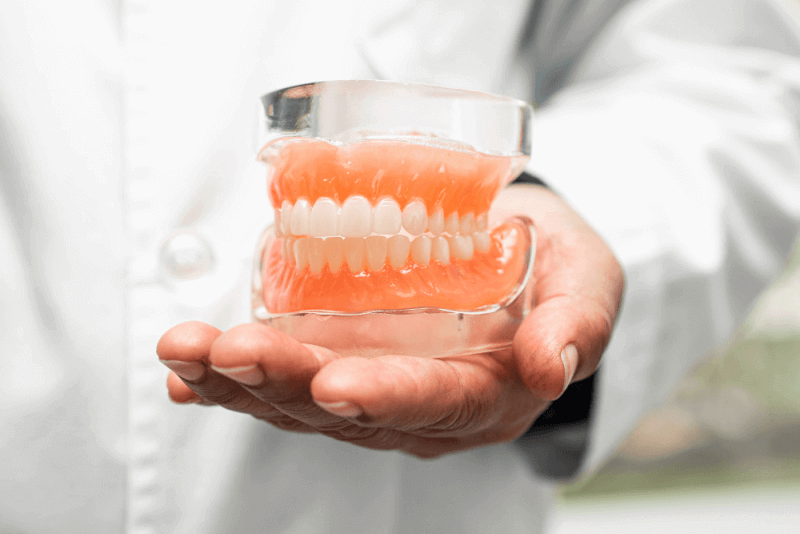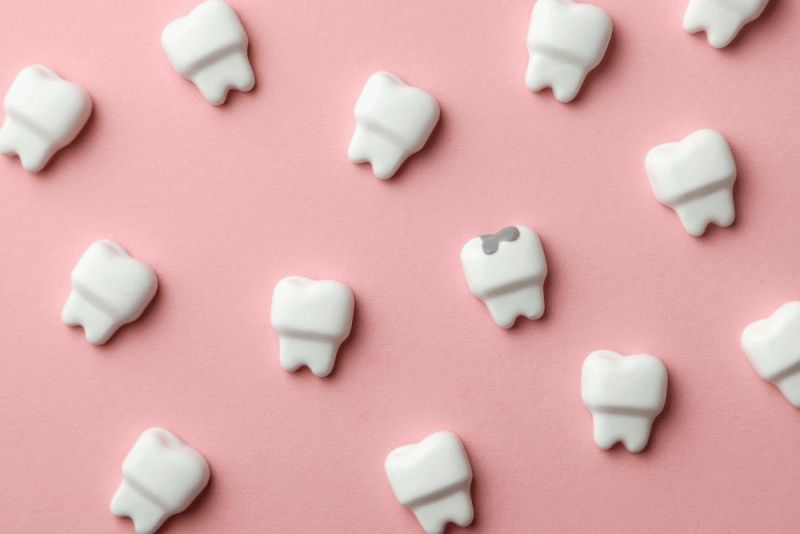What is zirconium veneer?
The process of coating tooth surfaces using zirconium material is called zirconium coating. In this dental crown, also called crown crown, zirconium material is used instead of the metal used in classical crowns.
Zirconium is combined with oxygen in special furnaces designed for the processing of zirconium. In this way, the zirconium material becomes zirconia ceramic and is used as a dental coating material. Zirconium crowns, which are used both in the restoration of decayed teeth and in the replacement of missing teeth, have recently become the most preferred option for aesthetic smile designs.
How is zirconium veneering done?
Zirconium coating treatment is applied by dentists. Before the veneer is applied, the problem or problems in the patient's teeth are identified and treated as a priority. Afterwards, zirconium coating application is started.
In zirconium veneer treatment, the veneers must be worn over the existing teeth. For this reason, the existing teeth must first be reduced in size. Since sensitivity occurs during this procedure, local anesthesia is applied to patients before the procedure.
After the tooth enamel of the existing teeth is abraded and reduced in size, a tooth mold must be taken. A special substance is used in this process. The material used to mold the jaw structure and teeth is primarily soft. This substance, which hardens in a short time, freezes in the mouth and ensures that the tooth mold is taken permanently. Patients do not feel any pain or soreness during the mold removal procedure.
After the mold is taken, patients determine the color of the coating they want with the zirconium coating color scale. Since zirconium veneers are specially designed for patients, they take time to produce. During this time, temporary veneers are applied to prevent any sensitivity of the eroded tooth enamel. Temporary veneers are also extremely easy and comfortable to use as they are glued over fixed teeth.
The preparation time of zirconium veneers usually varies between 3 and 5 days. Temporary veneers are removed before the zirconium veneers are fitted and then the zirconium veneers are placed on the teeth without bonding.
If the patient's consent is obtained, the process of fixing the veneers begins. In this process, a transparent and special adhesive is used so that the zirconium veneers adhere to the teeth and do not move. After bonding, the teeth are checked for any elevation. Necessary arrangements are made. After the bonding procedure, patients should not eat or drink for half an hour to allow the adhesive to dry.
Why is zirconium veneering done?
Zirconium veneers are one of the orthodontic treatments applied both for the treatment of dental problems and for aesthetic purposes. Among the areas where zirconium tooth coating is preferred are the following:
- Smile aesthetics
- If the teeth are separated or severely crowded, also called diastema
- As a prosthesis after implant in the anterior group teeth
- In the treatment of rotated teeth
- Creating a bridge for missing teeth between the teeth in the back group
- For filled teeth that have lost color or texture
- For teeth that have suffered a high rate of enamel loss and therefore require restoration
The difference between zirconium veneer and porcelain
The main point where zirconium veneers and porcelain veneers differ from each other is that metal forms the basic structures of porcelain teeth. Zirconium veneers have no metal support. Zirconium is used instead.
The difference between zirconium veneers and laminated veneers is that with zirconium veneers, the teeth are completely wrapped and the patient's own tooth cannot be seen from any point. Laminated veneers are applied to the front parts of the teeth. For this reason, it requires less tooth enamel abrasion than zirconium veneers.
Types of zirconium veneers
Zirconium coating used for different purposes is divided into varieties for this reason. Basically, zirconium coating types, which are divided into 3 different types, include the following.
Vaneers applications
Laminated vaneers applications, which are applied both for aesthetic purposes and for the treatment of crowded teeth problems, are also called leaf porcelain. In this treatment, which lasts an average of 7 days, the teeth are first cleaned. Afterwards, the surface on which the veneer will be glued is abraded for the application of laminated vaneers. The degree of roughening varies according to the tooth to be coated. At the end of the procedure, specially prepared leaf veneers are bonded to the teeth in the laboratory.
Application on zirconium implants
Zirconium crowns are also used as a complement to implant treatment, which is one of the treatments applied to patients with missing teeth and sufficient jawbone tissue to complete missing teeth. Implant applications form the basis of the prosthesis to be applied. Zirconium coatings are used for aesthetic appearance.
All-on-four application over zirconium implants
All on 4 application on zirconium implants is a treatment method applied to patients who are completely toothless. Zirconium coating is applied on 4 implants placed in the mouth at different angles. This technique, which is one of the fixed prosthesis applications, is applied in two different stages. In the first stage, the implant is applied with a surgical procedure. The second stage is prosthesis application. The total duration of the treatment is approximately 3 months. During the preparation of custom-made teeth, patients wear temporary prostheses.
Zirconium smile design
Another type of zirconium coating is smile design. Zirconium veneers are used both as veneers and laminates. The aim of smile design is to ensure the aesthetic alignment and color of the teeth. In addition to having a natural tooth appearance, it does not cause any problems to healthy teeth.
Properties of zirconium coating
Zirconium coatings have many differences from other types of coatings. These include the following:
- They have a natural appearance
- Since they are translucent, they are the most suitable veneers for teeth.
- They have long-lasting use.
- They are resistant to oxidation.
- Breakage and cracking are rare.
- Resistant against corrosion and abrasion.
Advantages of zirconium veneers
Zirconium coatings have many advantages for their users. These advantages include the following:
- They take shape easily.
- Easy to whiten.
- The appearance closest to the natural tooth appearance is obtained.
- Metal free.
- It can be used safely for many years.
- Resistant to hot and cold food.







